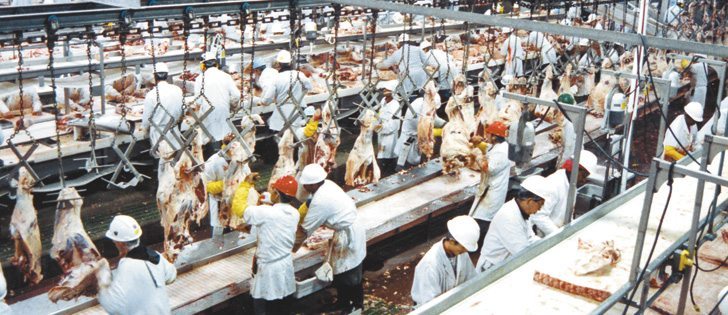CHICAGO, Ill. (Reuters) – U.S. farmers struggling to seed their winter wheat will likely reap an insurance cheque rather than sow in less-than-ideal conditions.
Farmers with prevented planting insurance can receive up to 60 percent of their expected revenue if the rainy conditions keep them out of their fields this fall.
“It is not too late but the ground is already so saturated,” said Richard Baylis, a southern Indiana-based wheat consultant for Miles Opti-Crop.
“The soil is already cooler than usual. It is just a very poor environment. I think a lot of people, especially if they have insurance, they are done (trying to plant). They would be silly not to use it (the insurance).”
Read Also

Fendt takes a combine on the road in the U.S.
Putting an Ideal combine in fields across different regions has given the brand a chance to prove that the combine is capable of performing well in a variety of conditions.
The seeding has been particularly slow in parts of the eastern Midwest where many farmers have not harvested the soybeans in fields where they had planned to seed soft red winter wheat this year.
Of the 10,000 potential wheat acres that Baylis tracks in southern Indiana, farmers have been able to seed only 700 acres.
Farmers will likely destroy about 200 of those acres and take the insurance money because muddy conditions during seeding ruined the potential for good yields, Baylis said.
In Arkansas, which is at the southern edge of the soft red winter wheat area, farmers would need to get in the fields immediately to produce a good crop, said Jason Kelley, extension agronomist for wheat and feed grain at the University of Arkansas’s agriculture division.
“It is not too late to plant wheat, but the optimum planting date is now for much of the state,” Kelley said.
Prevented planting insurance is particularly popular in wheat-growing areas in the eastern Midwest, where farmers use the same fields to plant winter wheat and soybeans and run a higher risk of being unable to seed their crops.
Farmers who do not have the prevented planting insurance may try to plant so they can collect money from a different risk management program, but insurance payments go down for farmers who seed late in the season.
“If they plant after the final planting date, there is a reduction in the guarantee for each day they were late,” said Art Barnaby, extension specialist for risk management at Kansas State University.
“If you want to go ahead and mud it in, you can, but you do take the reduced guarantee.”
Wheat prices have risen 10 percent in the past month, providing an incentive for farmers to try to grow a crop despite the poor conditions.
The U.S. Department of Agriculture said 76 percent of this year’s winter wheat crop was planted as of Oct. 25, behind the five-year average for late October of 85 percent.
In Illinois, a key producer of soft red winter wheat, seeding was only 33 percent complete compared with the five-year average of 82 percent.
Planting in Indiana was 43 percent complete, below the five-year average of 83 percent.














